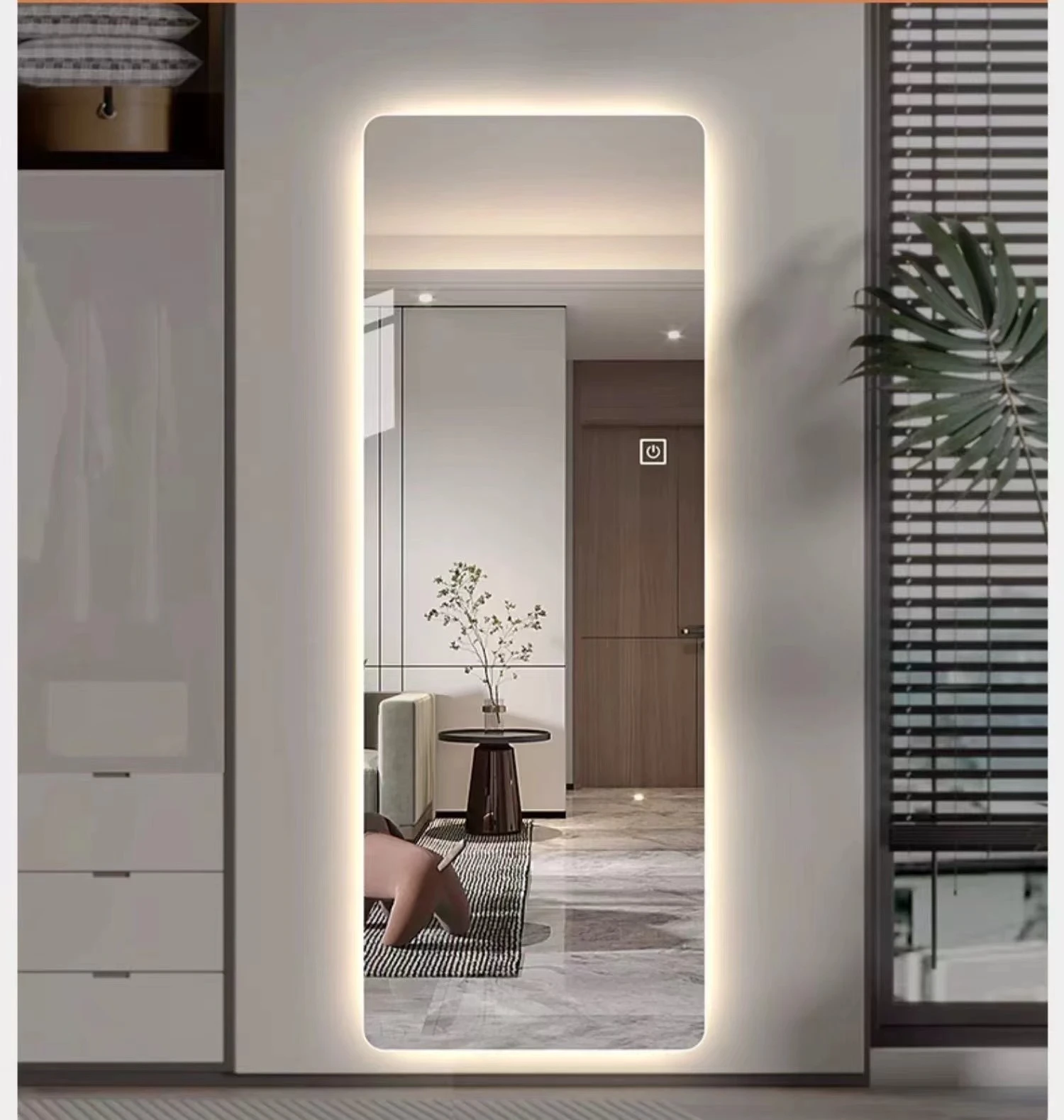

Understanding Low-E Rated Windows The Benefits and Considerations
In recent years, the pursuit of energy efficiency in homes has led to the increased popularity of Low-E (low emissivity) rated windows. These specially designed windows not only enhance the aesthetic appeal of a property but also contribute significantly to energy savings and indoor comfort. Understanding the characteristics, benefits, and considerations of Low-E rated windows can help homeowners and builders make informed decisions.
What Are Low-E Windows?
Low-E windows are coated with a thin layer of metallic oxides that allow light to pass through while reflecting heat. This technology is designed to minimize the amount of infrared radiation that enters or exits through the glass. By controlling heat transfer, Low-E windows can help maintain a consistent indoor temperature, reducing the reliance on heating and cooling systems.
Advantages of Low-E Windows
1. Energy Efficiency One of the primary benefits of Low-E rated windows is their energy efficiency. By reflecting heat during the summer and trapping it during the winter, these windows can significantly reduce energy consumption. This not only lowers utility bills but also decreases the carbon footprint of the home.
2. Comfort Low-E windows enhance indoor comfort by minimizing temperature fluctuations. With better insulation against external temperatures, rooms remain warmer in the winter and cooler in the summer. This means homeowners can enjoy a more pleasant living environment year-round.
3. UV Protection The Low-E coating also blocks a significant amount of ultraviolet (UV) radiation, which can cause fading of furniture, carpets, and artwork. By minimizing UV exposure, homeowners can protect their interior furnishings and extend their lifespan.
4. Glare Reduction Low-E windows can also minimize glare, particularly in bright sunlight conditions. This provides a better viewing experience for television and computer screens, making spaces more enjoyable to live and work in.

5. Noise Reduction Although Low-E windows are primarily designed for thermal efficiency, they can also help reduce outside noise, particularly if combined with double or triple glazing. This feature is particularly beneficial for homes located in busy urban areas.
Considerations When Choosing Low-E Windows
While Low-E windows offer numerous benefits, there are several factors to consider
1. Cost The initial investment for Low-E windows can be higher than standard windows. However, many homeowners find that the energy savings over time justify the expense. It's essential to evaluate the potential return on investment when considering these windows.
2. Window Orientation The effectiveness of Low-E coatings can vary based on the orientation of the windows in relation to the sun. South-facing windows may require different Low-E options compared to north-facing ones to maximize efficiency. Consulting with a professional can help determine the best choices based on your specific location and climate.
3. Type of Low-E Coating There are various types of Low-E coatings available, each designed for specific climates and applications. For example, some coatings are better suited for warmer climates, while others are designed to perform well in colder regions. Understanding the different options and selecting the right one is crucial.
4. Installation Quality The performance of Low-E windows depends significantly on proper installation. Poorly installed windows can lead to air leaks and reduced energy efficiency. Therefore, it is essential to hire qualified professionals for installation.
Conclusion
Low-E rated windows represent a significant advancement in energy-efficient home design. Their ability to enhance comfort, reduce energy bills, and protect furnishings makes them an attractive choice for many homeowners. Despite the higher upfront cost, the long-term savings and benefits can be substantial. As energy efficiency becomes an increasingly critical consideration in residential construction and renovation, Low-E windows will likely continue to grow in popularity. For those looking to improve the energy performance of their homes, understanding and investing in Low-E rated windows is a step toward a more sustainable and comfortable living environment.